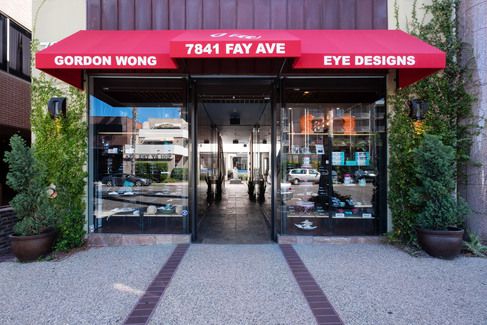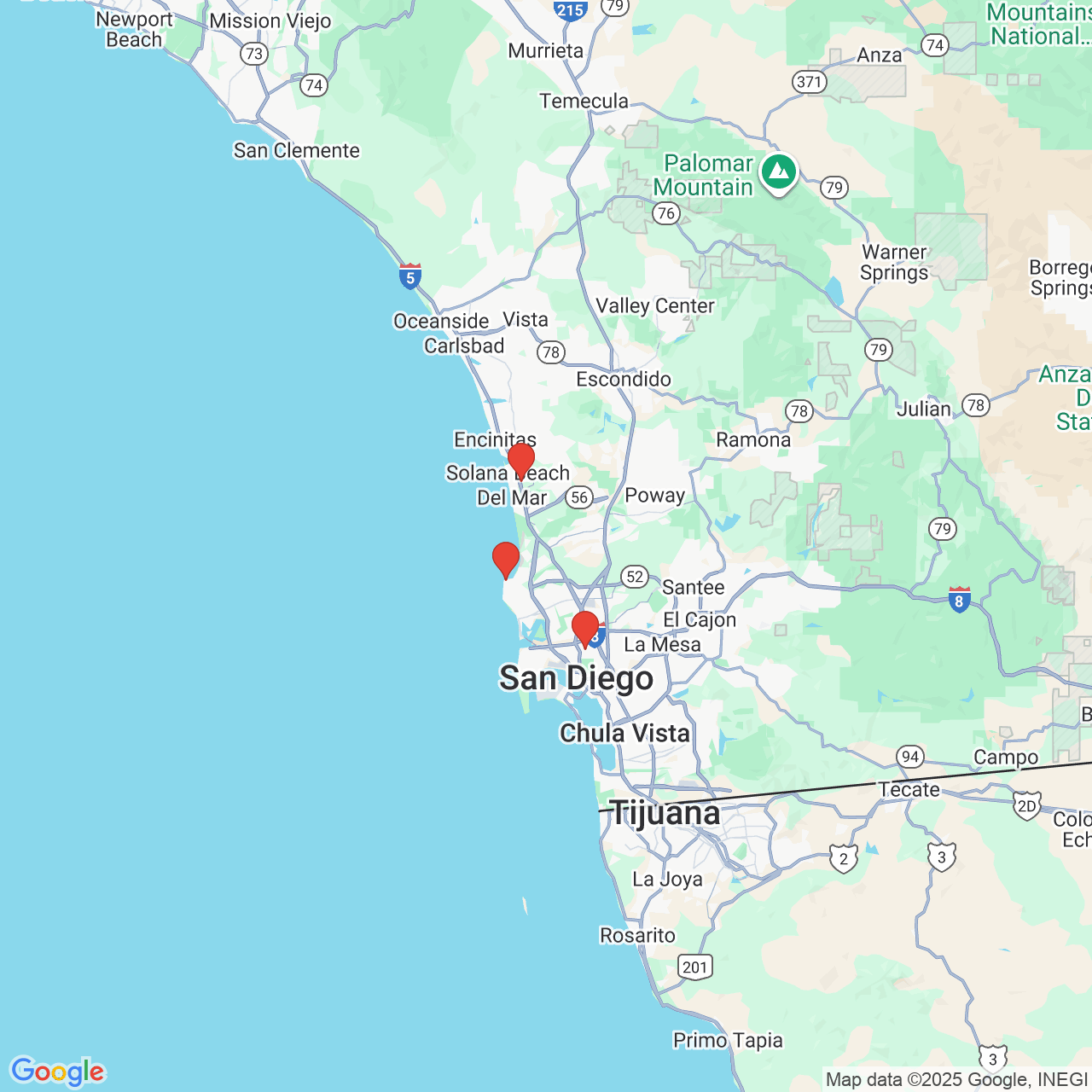The Pupil Reflex Test - How it Benefits Ocular Health
 At Gordon Wong Eye Designs & Optometry, we offer a comprehensive range of vision care services to maintain our patients’ ocular health and function. Comprehensive eye exams play an integral role in monitoring and preserving ocular health. Many people assume that routine eye exams are only necessary for patients who suffer from vision impairment or those who have experienced unusual ocular symptoms. In reality, everyone should be monitoring the health and function of their eyes. We recommend that all patients schedule a comprehensive eye exam at least once every two years. During an eye exam, our experienced eye doctors perform a pupil reflex test. Contact our San Diego, CA practice today to schedule your next eye exam.
At Gordon Wong Eye Designs & Optometry, we offer a comprehensive range of vision care services to maintain our patients’ ocular health and function. Comprehensive eye exams play an integral role in monitoring and preserving ocular health. Many people assume that routine eye exams are only necessary for patients who suffer from vision impairment or those who have experienced unusual ocular symptoms. In reality, everyone should be monitoring the health and function of their eyes. We recommend that all patients schedule a comprehensive eye exam at least once every two years. During an eye exam, our experienced eye doctors perform a pupil reflex test. Contact our San Diego, CA practice today to schedule your next eye exam.
What Is Pupil Reflex?
Pupillary light reflex, or PLR, is a reflex that controls the diameter of the pupil. Based on the amount of light that falls on the eyes, the pupils will either contract or dilate. In situations in which light intensity is high, the pupils will constrict (or become smaller) so that less light enters the eye. In situations in which there is less light, the pupils will dilate (or grow larger) to allow more light to enter the eye. When the eyes are healthy and functioning properly, this reflex should occur naturally and simultaneously in both eyes.
Testing Pupil Reflex
At our eye care practice, we believe it is important to examine all parts of the eyes to ensure they are functioning properly. Every comprehensive eye exam we perform includes a pupil reflex test. There are several ways that a patient’s pupillary light reflex can be tested.
- The light reflex test: This test is performed in a dim room. The patient is asked to focus on a distant target while a light is shone independently on the right eye and then the left eye. During this test, we check to see if the pupil restricts when the light is shined directly on it, and if the other pupil constricts as well.
- Swinging flashlight test: A swinging flashlight test allows our doctors to compare the pupil reflex of one eye to that of the other. This test is usually performed right after a light reflex test. With the room dim, a flashlight beam will be shined on one eye, and then swung to the other eye. This allows us to measure the response of one eye against the response of the other.
- Near reflex test: A near reflex test allows us to observe a pupil’s reflex when the eyes fixation is shifted to a close object. This test is performed in a normally lit room. The patient is asked to focus on a distant target, and then shift their target to an object that is placed near their eyes.
What Does a Pupil Reflex Test Tell Us?
A pupil reflex test is just one way to test whether a patient’s eyes are functioning normally. Abnormal results may indicate any number of problems. Some of these include an abnormally sized or shaped pupil, optic nerve damage, or other neurological concerns. Further testing will likely be necessary to diagnose the source of the problem and to determine the most appropriate method of treatment.
Schedule an Appointment
Routine professional eye care offers patients the best way to maintain clear vision and good eye health. If you’d like to learn more about the full range of vision care services offered at Gordon Wong Eye Designs & Optometry, schedule an appointment with one of our experienced eye doctors at your earliest convenience.


